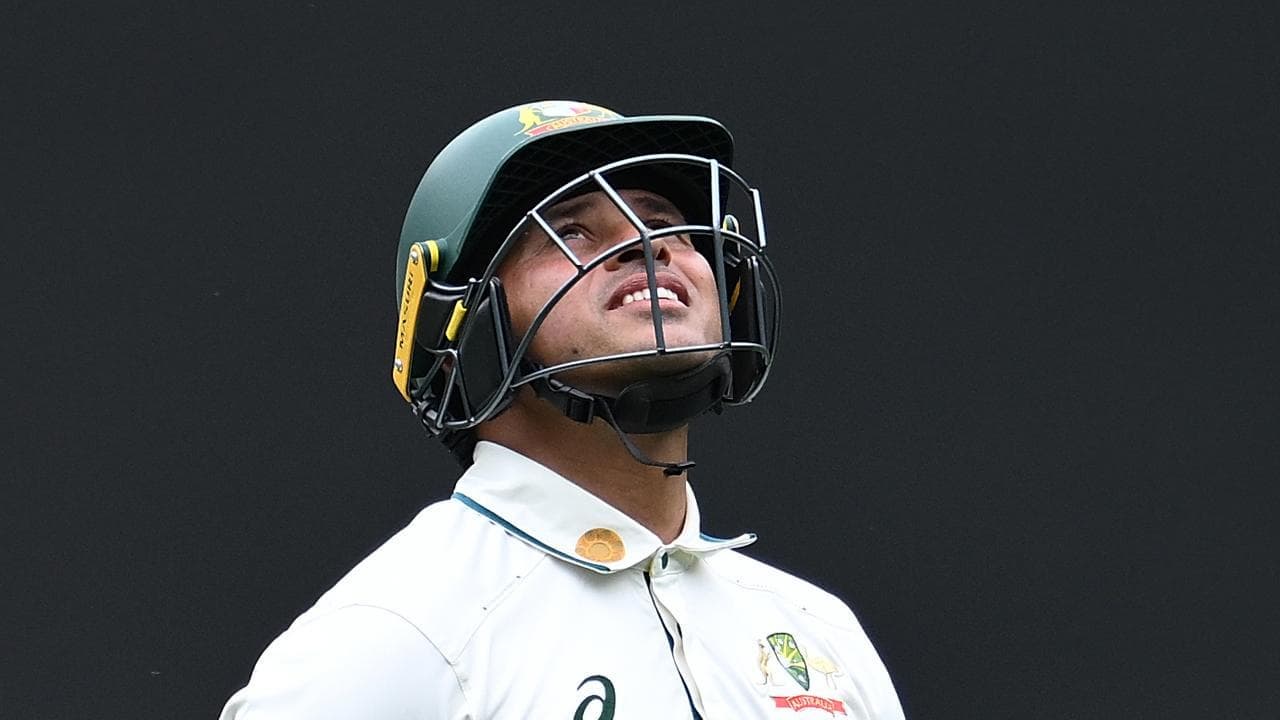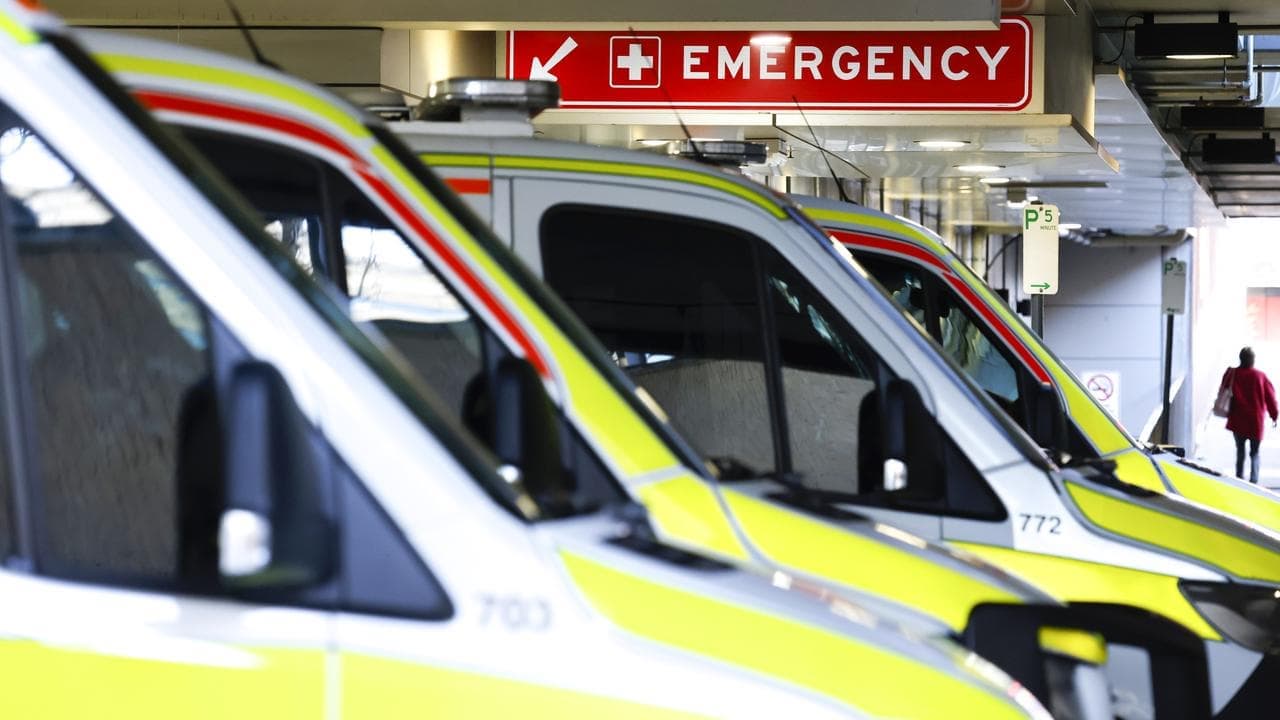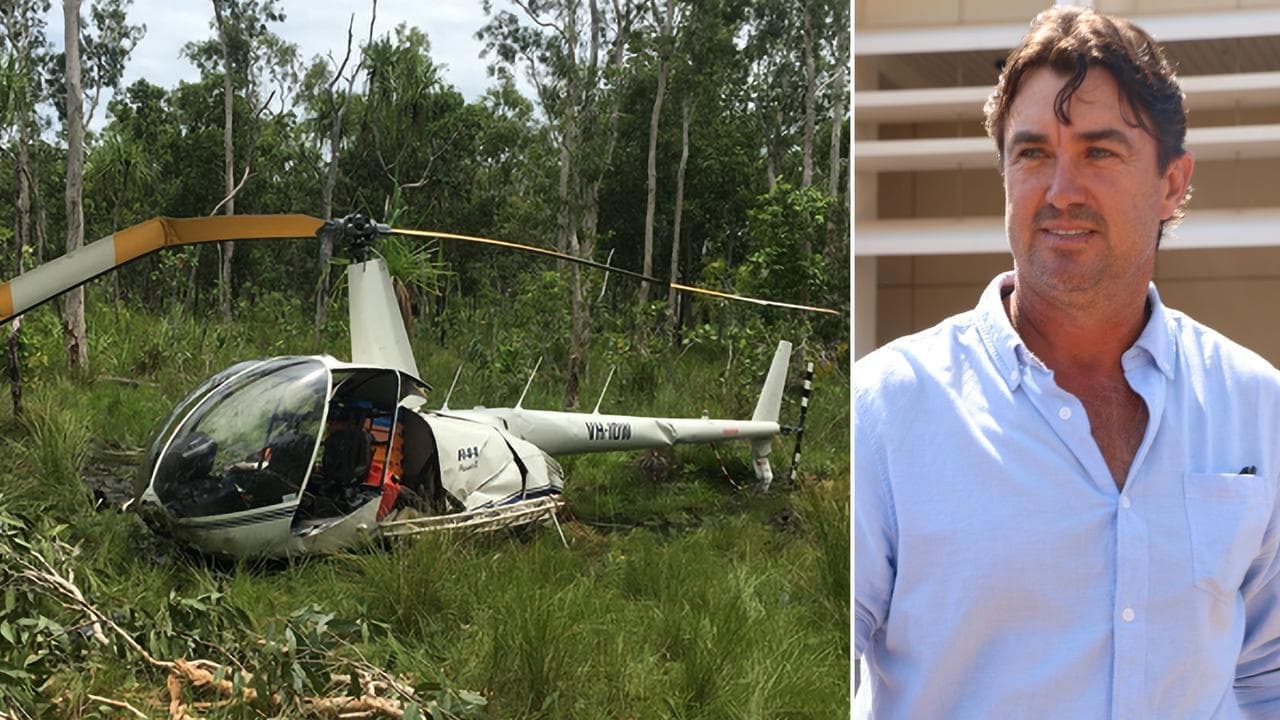WHAT WAS CLAIMED
Scrutineers are not allowed to view the counting of special votes and postal votes at the New Zealand election.
OUR VERDICT
False. New Zealand electoral laws allow for the presence of scrutineers throughout vote counting.
Social media posts claim special votes in New Zealand's general election risk being tampered with because scrutineers are not allowed to watch them being counted.
This is false. The New Zealand Electoral Commission and an expert told AAP FactCheck scrutineers are allowed throughout the entire vote-counting process.
This includes special votes - ballot papers predominantly from postal votes, overseas voters, prisoners and other people who can't vote in their electorate on polling day.
A Facebook post (archived here) claims "special votes, and mail in votes and advance votes and takeaway votes are at a high risk of being tampered with … they also are not able to be overseen by a public scrutineer".
The same Facebook user makes a similar claim in another post.
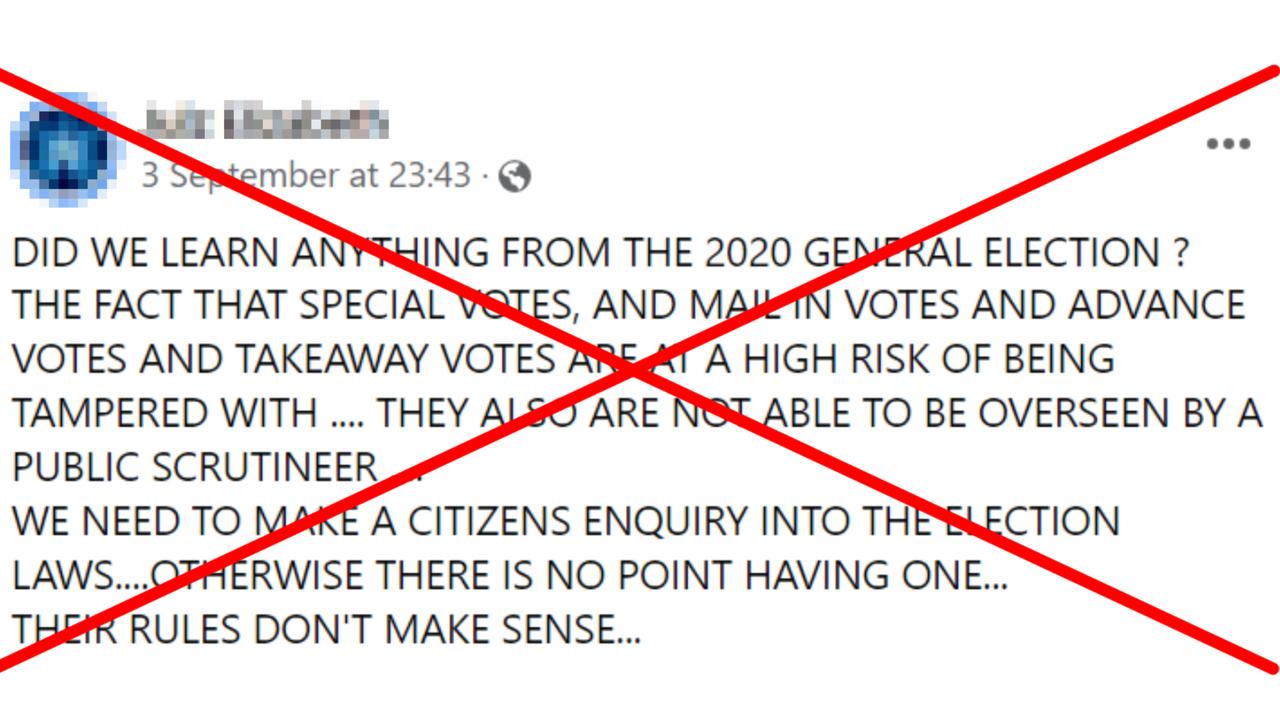
The New Zealand Electoral Commission told AAP FactCheck scrutineers are allowed throughout the vote-counting process, including the counting of special votes.
The commission's website states scrutineers can "be present for the official count, the checking of special declaration votes and for any recount".
Scrutineers, who can be appointed by candidates and parties, observe throughout the electoral process.
Special votes are those cast by people outside their electorate, those who have enrolled or updated their enrolment after the governor-general issues the formal writ, or votes from overseas. They all count exactly the same as ordinary votes.

New Zealand's general election on October 14 will have two preliminary count results - one for advance votes and one for those cast on election day - followed by an official count including special votes.
Chief Electoral Officer Karl Le Quesne told AAP FactCheck all counts were done in the presence of scrutineers.
"There are many eyes on the process including Electoral Commission staff employed from the local community," he said.
"Candidates and parties can appoint scrutineers to observe both the preliminary count on election day and the official count."
Mr Le Quesne said Justices of the Peace also act as observers.
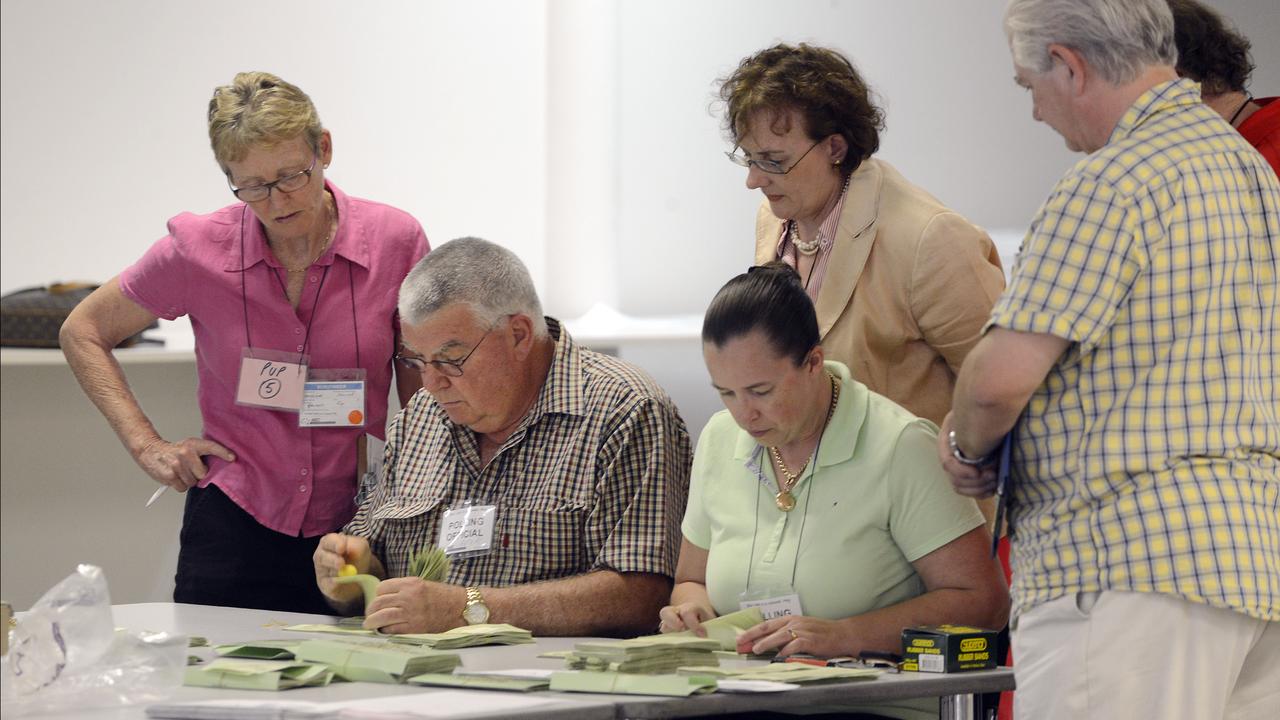
Andrew Geddis, a law professor at the University of Otago, told AAP FactCheck New Zealand's vote-counting procedures were laid out in Section 178 of the Electoral Act 1993.
"The official count of all votes - ordinary, advance and special (which includes overseas votes and phone in votes) - must take place 'in the presence of any of the scrutineers appointed' (by individual candidates or parties)," Prof Geddis said in an email.
As an example of scrutineers being used for special votes, losing Mana Party candidate Hone Harawira requested a recount of disqualified special votes in his electorate in 2014.
Scrutineers were used in the process, the judge in that case noted (section 38).
The Verdict
The claim public scrutineers cannot view the counting of special votes in New Zealand elections is false.
The Electoral Commission and an expert told AAP FactCheck scrutineers are allowed throughout the entire process including on election day, when special votes are collected and in any recounts.
False - The claim is inaccurate.
AAP FactCheck is an accredited member of the International Fact-Checking Network. To keep up with our latest fact checks, follow us on Facebook, Twitter and Instagram.









